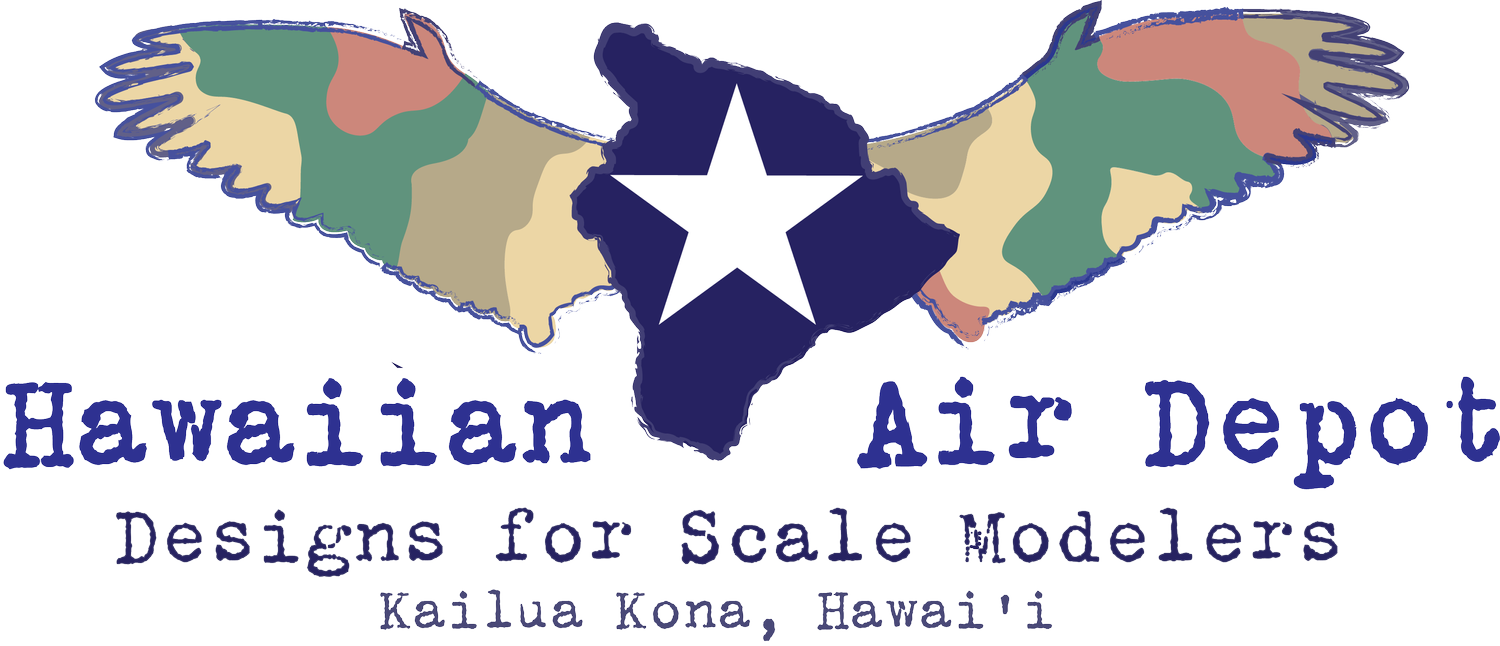Why Make Your Own?
I painted my first models with nylon brushes and little square bottles of Testors and Pactra enamels. Of course I did: I was maybe 9 years old and it was 1975. That’s how we did it.
Soon enough I graduated to aerosol spray cans, the little ones where the plastic cap was nearly as tall as the can. Paint went EVERYWHERE.
My parents—God bless‘em— soon set up a little card table in the the basement of our Long Island home, in a corner where I could wreak bio-havoc on Revell’s Boston/Havoc. Grandpa’s stack of old newspapers was relocated nearby as a reminder for me to lay out big swaths of it when the rattle cans came out. That corner quickly became a scale modeling Superfund Site but it was one of my favorite places in the world.
Soon enough— for Christmas or my birthday, I can’t remember which— I got my first airbrush, a cheap little Badger single-action in a gift pack with a can of Propel and a plastic hose. What a disaster. I just poured the paint from a little square bottle and expected it would work.
Paint went EVERYWHERE. More paint shot up at me through the paint cup than ever came out the nozzle. I don’t think I once successfully painted a model with that rig.
I am reminded of that story as I think about my first craft cutting machine: the Silhouette Cameo 4. That first attempt at cutting my own masks went no better than my first attempt at airbrushing. I remember thinking’ “I just made a $400 mistake.”
But I had one resource I didn’t have as a 9-year-old: the internet. I searched around for suggestions about how to noodle around with it and managed to get the thing working. Barely.
I’ll be honest: we started Hawaiian Air Depot because we expect craft cutters to become as common a tool for scale modelers as are airbrushes, compressors, motor tools, and the other workbench essentials we’ve adopted as we emerged from our brush-painted, square-bottled enamel origins. We expect Making Your Own to be more economical and more fun than current aftermarket options. And now I’ll be brutally honest: Fun? Economical? Not at first.
Here’s why: expect cutting your own masks and parts to have the same learning curve— and the same frustrations— as the other advanced tools you’ve adopted. It’s just gonna suck a little bit at first.
But remember how you learned your airbrush? How you learned a feel for rocking back and pushing down? Those little tweaks you now make when the air is colder, or more humid, or when your paint is a bit older? Learning to cut your own masks and parts is the same thing.
While I got my first successful cuts out of that Cameo after just a few hours, I’d say it took about a year to gain some virtuosity, allowing me to now spend more thinking about different ways to use it than about how to make it work.
We think if you aspire to the next dimension of your modeling— one of greater uniqueness and creativity— you’ll find it worth investing in this promising new tool and in the time it takes to master it.
Have we convinced you? If so, stay tuned: in our next blog we’ll offer recommendations on buying your first cutting machine.
